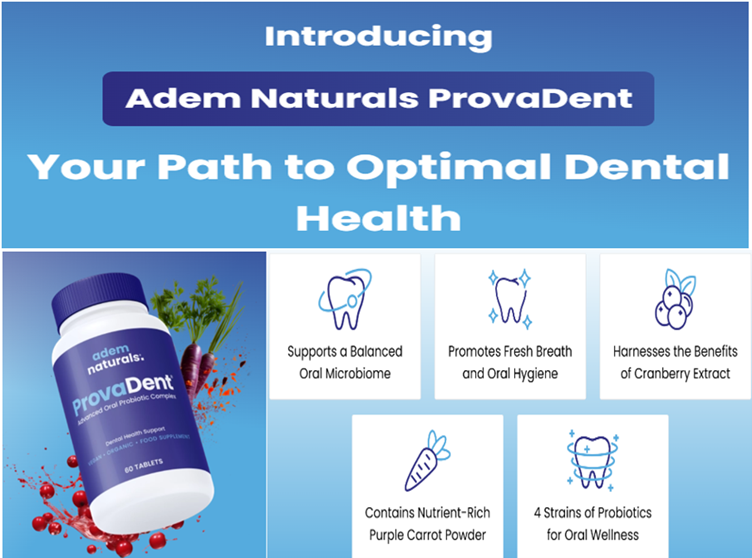Introduction
Workplace safety is a critical concern for businesses across all industries. Accidents not only lead to immediate injuries and disruptions but also have underlying financial implications that are often overlooked. Frank E. Bird introduced the Iceberg Concept of Indirect Costs, a model that highlights the hidden costs associated with workplace accidents. This concept emphasizes that for every direct cost incurred from an incident, there are significantly higher indirect costs lurking beneath the surface.
Understanding Bird’s Iceberg Model is essential for businesses looking to improve workplace safety and reduce financial losses. In this blog, we will explore the Frank E. Bird Iceberg Concept, analyze its implications on workplace safety, and discuss strategies to minimize indirect costs.
The Iceberg Concept: An Overview
Frank E. Bird, a pioneer in workplace safety, developed the Iceberg Model to illustrate the true cost of workplace incidents. The model is based on the principle that the visible costs (direct costs) of an accident, such as medical expenses and compensation claims, are only a fraction of the hidden costs (indirect costs) that follow an accident.
Breakdown of Direct vs. Indirect Costs
Direct Costs (Above the Iceberg Surface)
Direct costs are the obvious and measurable expenses that arise immediately after an accident. These include:
- Medical treatment costs
- Worker’s compensation claims
- Equipment repairs or replacements
- Legal fines and penalties
Indirect Costs (Below the Iceberg Surface)
Indirect costs are often unaccounted for but can be far greater than direct costs. These hidden costs include:
- Lost Productivity: The injured employee may be unable to work, reducing overall efficiency.
- Administrative Burden: HR and management must deal with paperwork, investigations, and compliance requirements.
- Training Costs: New or temporary workers must be trained to replace the injured employee.
- Damage to Reputation: Frequent accidents can harm a company’s reputation, making it harder to attract talent and clients.
- Increased Insurance Premiums: A higher rate of accidents can lead to increased insurance costs for the organization.
- Legal and Regulatory Costs: Even if an accident doesn’t result in a direct lawsuit, investigations and compliance violations can be costly.
The True Cost of Workplace Accidents
Bird’s research suggested that indirect costs are 4 to 10 times higher than direct costs. This means that if a company spends $10,000 on direct costs after an accident, the indirect costs could range from $40,000 to $100,000. The financial burden of these hidden expenses highlights why proactive workplace safety management is crucial.
Real-World Example of the Iceberg Effect
Consider a manufacturing company where an employee sustains a serious hand injury due to improper machine guarding. The direct costs might include:
- $5,000 for immediate medical treatment
- $7,000 in compensation for lost wages
- $10,000 for equipment repairs
While these costs sum up to $22,000, the indirect costs could be much greater:
- $15,000 in lost productivity while the injured worker recovers
- $5,000 in hiring and training a temporary worker
- $10,000 in administrative time spent on accident investigation
- $20,000 in increased insurance premiums
- $8,000 in decreased morale and turnover costs
Adding these hidden expenses, the actual cost of the accident exceeds $80,000, demonstrating how indirect costs can have a significant financial impact.
Preventing Hidden Costs Through Proactive Safety Management
The best way to reduce the indirect costs of workplace accidents is to prevent accidents from occurring in the first place. Companies should focus on comprehensive safety programs that prioritize accident prevention and risk management.
Key Strategies to Minimize Indirect Costs
1. Implementing a Strong Safety Culture
A company-wide commitment to safety reduces accident rates and minimizes costs. This includes:
- Leadership support for safety initiatives
- Regular communication about safety expectations
- Employee involvement in safety discussions
2. Conducting Risk Assessments
Identifying and mitigating workplace hazards before they cause an incident can significantly reduce hidden costs. Regular safety audits and hazard assessments help companies stay ahead of potential risks.
3. Providing Comprehensive Training Programs
Workers should receive ongoing safety training, including:
- Proper equipment handling
- Emergency response procedures
- Ergonomic best practices to prevent musculoskeletal injuries
4. Encouraging Incident Reporting and Investigation
A proactive reporting system allows organizations to analyze near-misses and minor incidents to prevent major accidents. Investigations should focus on root cause analysis to implement effective corrective actions.
5. Maintaining Equipment and Workspaces
Preventative maintenance and regular inspections can minimize mechanical failures, reducing the risk of accidents. Ensuring all safety protocols are followed for machinery and tools is crucial.
6. Promoting Employee Well-being
Workplace stress and fatigue contribute to accidents. Implementing wellness programs and encouraging breaks can improve focus and reduce errors.
7. Ensuring Regulatory Compliance
Adhering to OSHA (Occupational Safety and Health Administration) and industry-specific safety regulations helps avoid fines, penalties, and legal costs.
Benefits of Applying the Iceberg Model to Safety Management
By integrating Frank E. Bird’s Iceberg Concept into workplace safety strategies, organizations can experience:
- Reduced Financial Losses: Lower accident rates mean lower direct and indirect costs.
- Improved Productivity: A safer work environment leads to fewer disruptions and higher efficiency.
- Enhanced Employee Morale: Workers feel valued and secure, leading to better job satisfaction and retention.
- Stronger Business Reputation: A commitment to safety attracts customers and top talent while maintaining regulatory compliance.
Conclusion
Frank E. Bird’s Iceberg Concept of Indirect Costs provides valuable insights into the hidden financial burden of workplace accidents. While direct costs are easily visible, indirect costs often remain unaccounted for, significantly impacting business operations. By focusing on proactive safety management, risk assessments, employee training, and regulatory compliance, organizations can reduce these hidden costs and create a safer, more productive work environment.
Investing in workplace safety is not just a legal and ethical responsibility—it is a smart financial decision that benefits employees and businesses alike. Prioritizing accident prevention and recognizing the hidden costs of incidents will ultimately lead to long-term success and sustainability.
Tags : Frank E. Bird Iceberg Model, indirect costs of workplace accidents, workplace safety management, accident prevention strategies, hidden costs of injuries, risk assessment in the workplace, safety culture in organizations.
“Start Your Website Journey Today – Exclusive Hostinger Discounts!”










